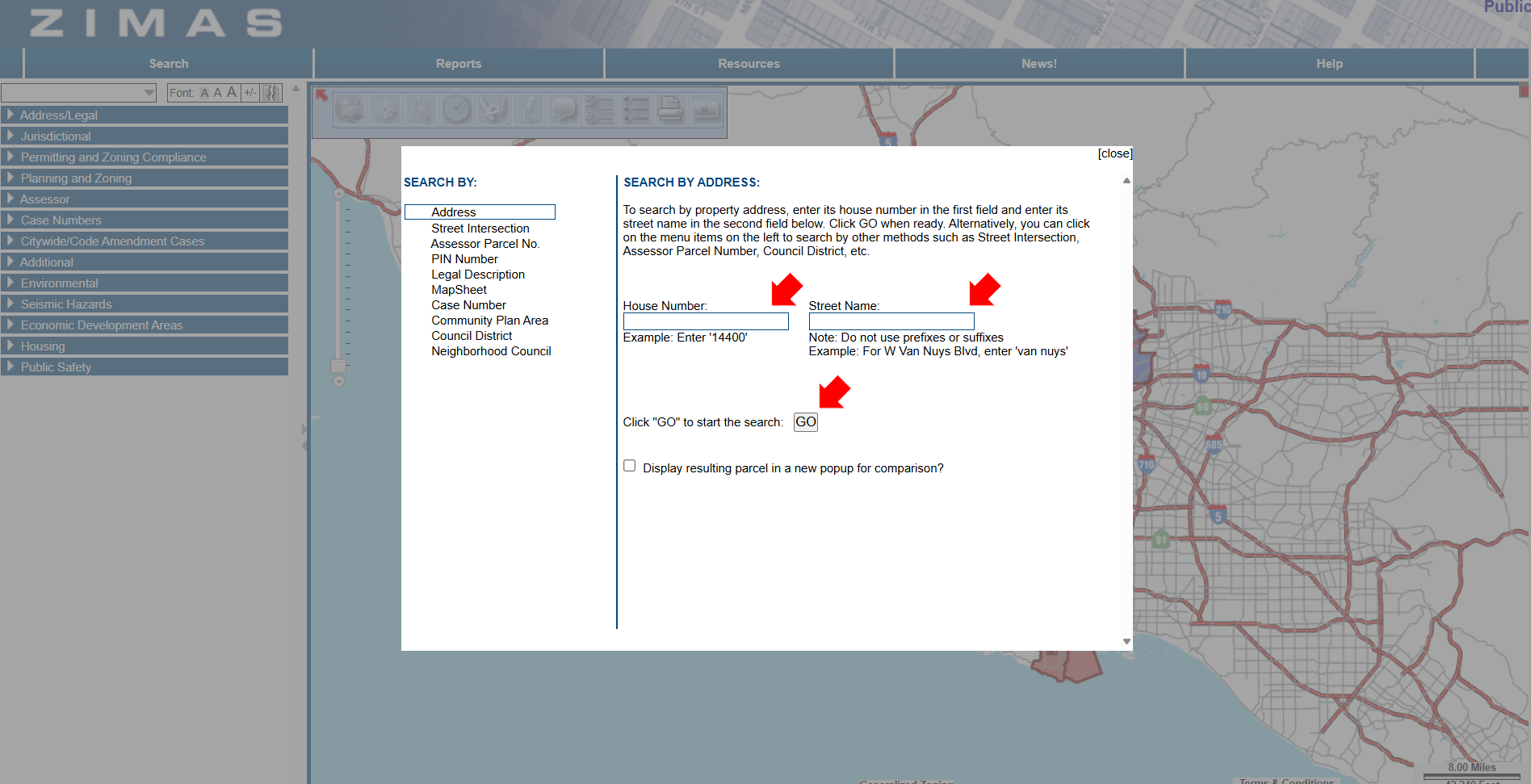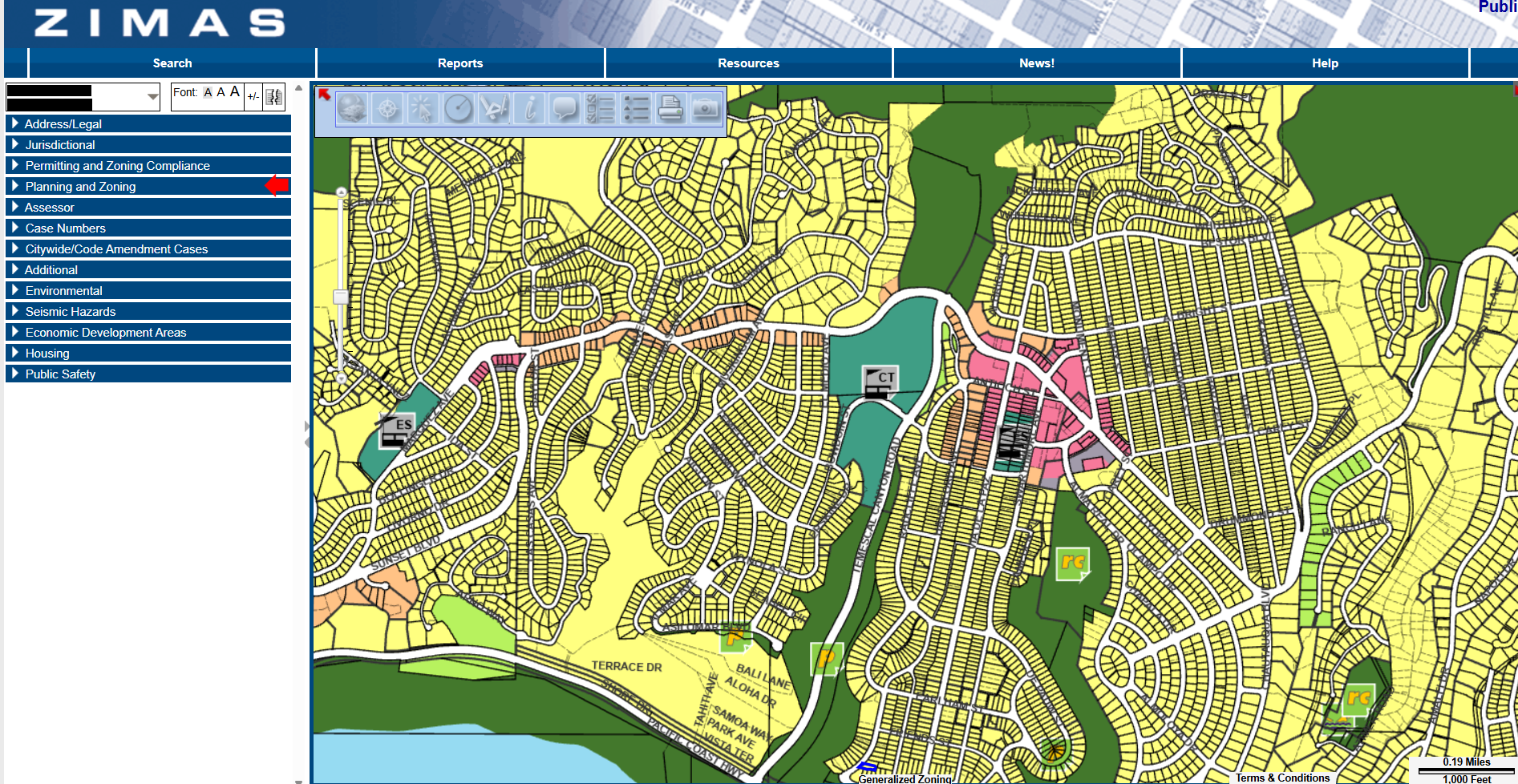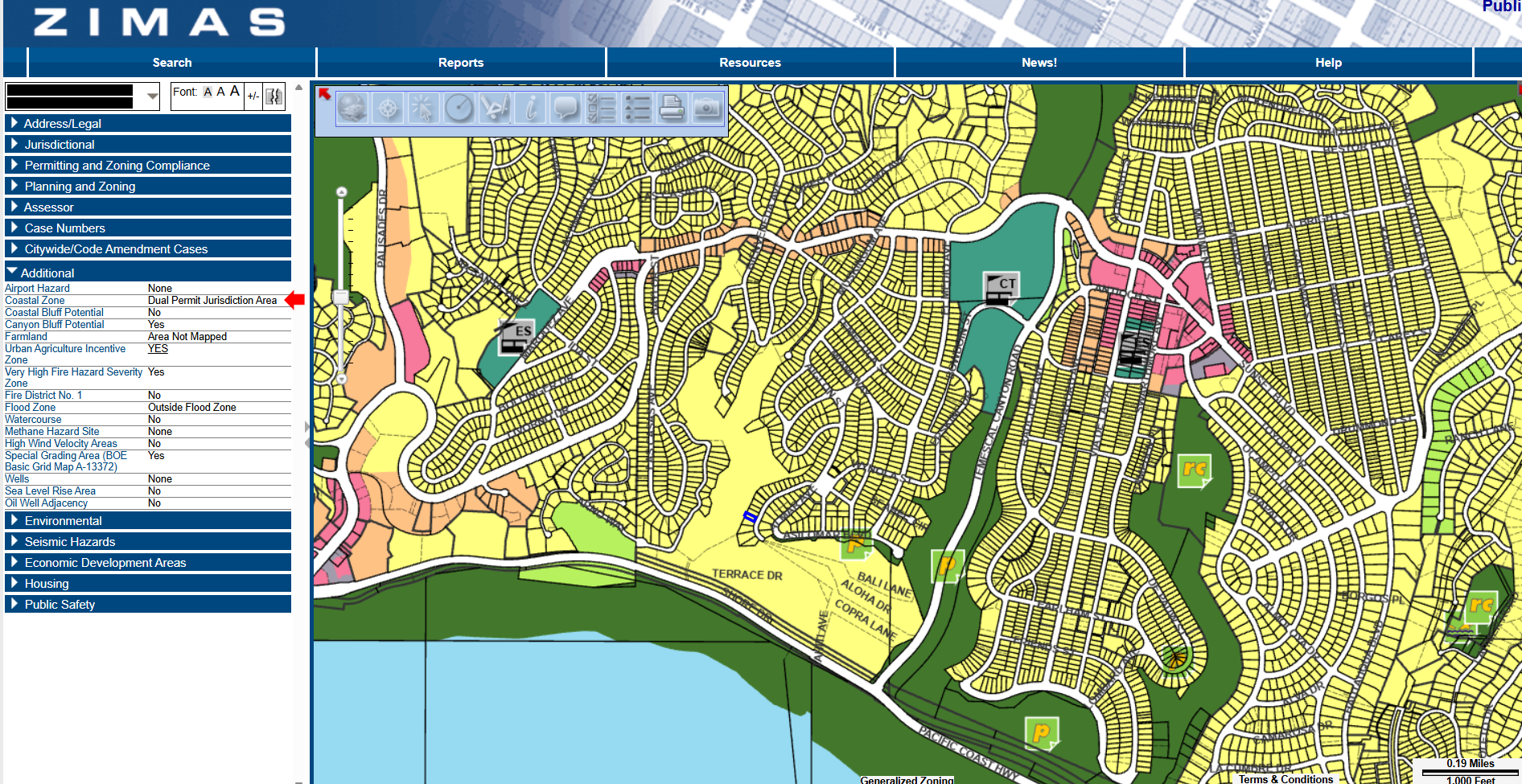Pacific Palisades: A Simple Guide to Finding Key Zoning Info for Fire Rebuilds (Using ZIMAS)
Recently, we joined a volunteer event in Pacific Palisades and had the chance to meet many local homeowners. Many of you shared that you’re still navigating your options and gathering as much information as possible about rebuilding. We understand how important it is to make informed decisions — and how complex the process can feel at times.
One question that comes up often is: How do I find key zoning information about my property for decision making?
To help, we’ve put together a simple guide to using ZIMAS (Zone Information Map Access System), the City of Los Angeles’ online zoning tool. ZIMAS can be overwhelming at first glance, but since most of you are working with single-family residential properties here in Pacific Palisades, we’ve filtered it down to the essentials to make it easier.
What Questions Does This Guide Help Answer?
For Pacific Palisades single-family properties, here are the most common zoning questions homeowners ask:
What zone is my property located in?
Is my property in the Coastal Zone?
Is it in a Hillside Zone?
Does it require Historic Preservation Review?
Is it part of any other special plan areas?
This guide walks you through how to find those answers using ZIMAS.
Step-by-Step: How to Use ZIMAS
Access ZIMAS
You can click the button below or search “ZIMAS LA” to access the website.
Find Your Property
Generally, you can use your property address or Assessor Parcel Number (APN) to search.
Example of using address to search, input the “House Number” and the “Street Name”, then click “GO” Button
Locate Key Zoning Info
Once your property appears, most of the information you need is under the “Planning and Zoning” tab (on the left panel). Here’s what to look for:
Click to open the “Planning and Zoning” dropdown menu.
Zoning: Shows your property’s zone (e.g., R1-1, RE15).
Hillside Area (Zoning Code): If it says “Yes,” you’re in a hillside zone.
Historic Preservation Review: “Yes” means review is required; “No” means it is not.
Special Plan Area: If it says “None,” you’re not in a special plan. If a name appears, it specifies the applicable area.
Find “Zoning”, “Hillside Area (Zoning Code), “Specific Plan Area”, and “Historic Preservation Review” marked with red arrows. In the case, the property is in “R1-1” Zone. It is not in the “Hillside Area” nor “Specific Plan Area”. It does not require a “Historic Preservation Review”.
Check Coastal Info
Under the “Additional” dropdown menu, look at:
Coastal Zone: If it says “None,” your property is outside of the coastal zone.
If it lists a jurisdiction, note whether you’re in a Coastal Exclusion Zone — this will show as an extra line with details if applicable.
For clarity, we’ve included screenshots of three example properties so you can see how the information appears in different cases.
This is an example of a property that is not in the Coastal Zone.
This is an example of a property in the Coastal Zone. “Dual Permit Jurisdiction Area” means the property is subject to California Coastal Commission review on top of the local government review (LADBS). No further information indicates that the property is in any exclusion area.
This is an example of a property in the Coastal Zone but in the Exclusion Area, “Calvo” is the name of the Exclusion Area. It is a “Categorical Exclusion” that in most cases the property only requires “Single Permit Jurisdiction” review by the local government (LADBS), But in some cases the property may subject to “Dual Permit Jurisdiction” review, which requires the California Coastal Commission review.
You can also find the Information regarding the Categorical Exclusion Order and the Boundaries of Exclusion Areas in the PDFs below provided by LADBS
CATEGORICAL EXCLUSION ORDER E-79-8 (PACIFIC PALISADES).pdf
Map: Boundaries of Exclusion Areas.pdf
We’re Here to Help
We hope this guide helps you find the zoning details you need as you plan your rebuild. If you run into questions or want to explore other property details, feel free to reach out — we’re happy to assist.
In upcoming posts, we’ll also cover other zoning topics specific to Pacific Palisades, including:
How to calculate maximum buildable area (Zoning Area Allowance)
Specific requirements for the four common zones in this area: R1-1, R1V1, R1H1, and RE
If you’d like updates or have specific questions you’d like us to cover, just let us know.












